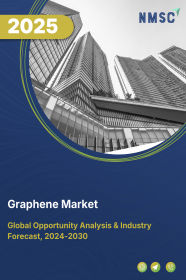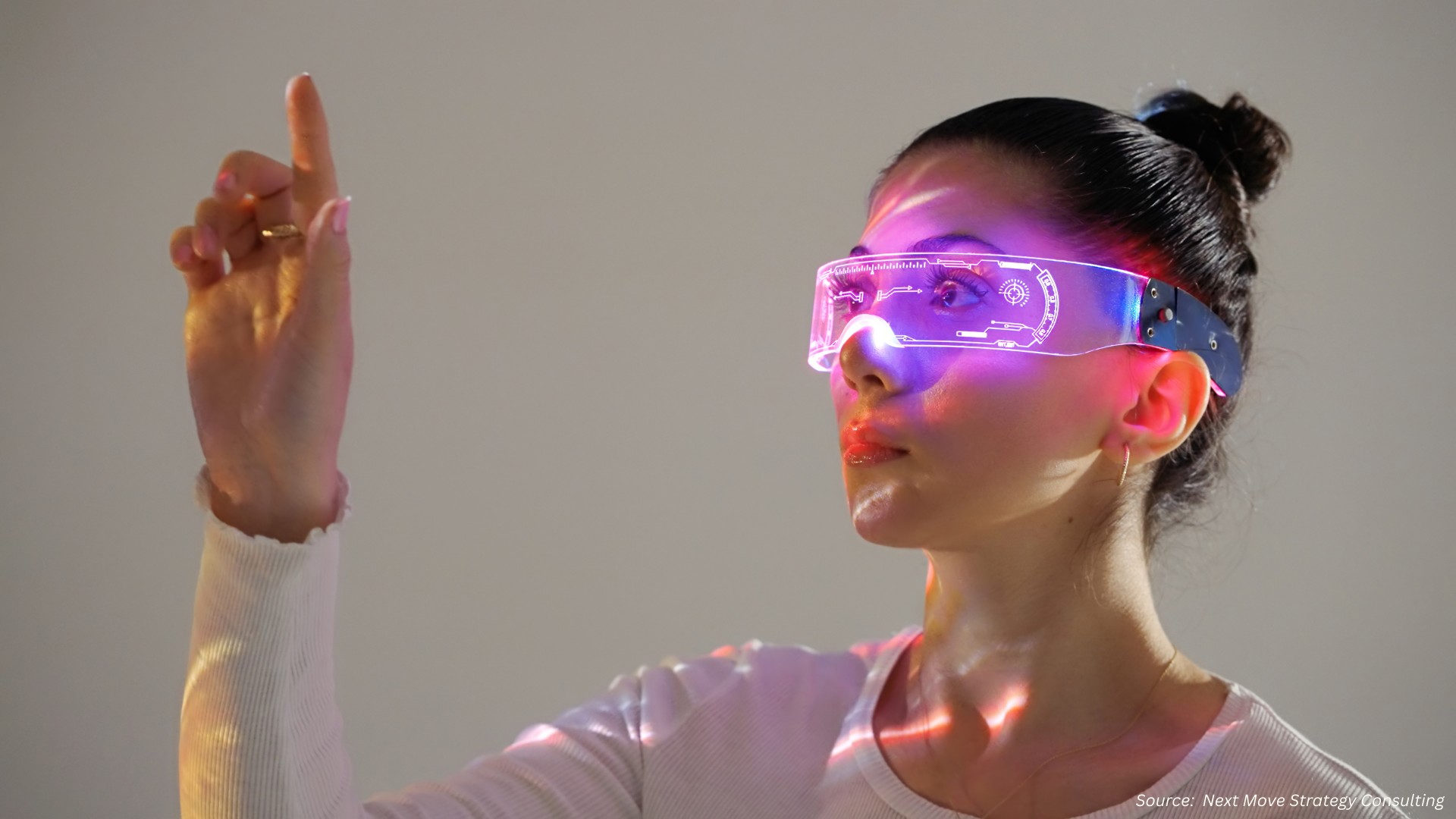
Germany Aluminum Market by Type (Primary and Secondary), by Product Type (Flat-Rolled, Casting, Extrusions, Forgings, Powder & Paste, Billets, Wire Rods, Other Types), by Alloy Series (1xxx Series, 2xxx Series, 3xxx Series, 4xxx Series, 5xxx Series, 6xxx Series, 7xxx Series) and by End-User (Transportation, Machinery & Equipment, Construction, Packaging, Electrical Engineering, and Others) – Opportunity Analysis and Industry Forecast, 2024–2030
Industry: Materials and Chemical | Publish Date: 05-Aug-2025 | No of Pages: 196 | No. of Tables: 156 | No. of Figures: 101 | Format: PDF | Report Code : MC1346
Industry Overview
The Germany Aluminum Market size was valued at USD 12.30 billion in 2023, and is predicted to reach USD 13.08 billion by 2030, at a CAGR of 0.9% from 2024 to 2030. The aluminum market includes the industry involved in the production, distribution, and use of aluminum, a lightweight, silvery-white metal. Aluminum constitutes about 8% of the Earth's crust and is known for its low density, high strength, and natural corrosion resistance due to an oxide layer.
These features make it highly useful in sectors such as aerospace, automotive, construction, packaging, and electronics. Its low weight is especially beneficial for improving efficiency in transportation. The production process involves extracting aluminum from bauxite ore using the Bayer process and electrolysis. Advances in technology and recycling have improved the environmental sustainability of production, supporting industry growth.
Increasing use of Aluminium in Germany’s Automotive Manufacturing
Germany’s globally renowned automotive industry is increasingly turning to aluminium as a core material to support its push for lightweight construction and sustainable mobility. German automakers are adopting aluminium in key components such as structural frames, body panels, suspension parts, and battery housings, especially in electric and hybrid vehicles. The shift toward lightweight engineering is not only enhancing fuel economy and driving dynamics but also helping manufacturers meet stringent emission norms. Additionally, aluminium’s recyclability aligns with Germany’s strict environmental regulations and commitment to circular manufacturing. As the country positions itself as a leader in e-mobility and next-generation vehicle platforms, the demand for advanced aluminium solutions continues to rise within both premium and mass-market automotive segments.
Expanding Role Of Aluminium In Germany’s Electronics & Technology Sector
Germany’s strong electronics and electrical equipment sector is driving a surge in demand for high-performance materials like aluminium. Widely used in enclosures, thermal management systems, printed circuit boards, and precision parts, aluminium enables compact design and efficient operation of modern electronic devices. The country’s focus on automation, industrial IoT, and high-end computing is further fueling the need for reliable and conductive materials, where aluminium offers an optimal balance of weight, strength, and heat dissipation. Moreover, with the acceleration of domestic semiconductor and renewable tech production, aluminium is gaining strategic relevance in supporting Germany’s ambition to scale high-tech manufacturing while meeting energy-efficiency and sustainability targets.
Environmental and Regulatory Constraints in the Germany Aluminium Market
Germany’s aluminium industry operates under one of the most advanced and stringent environmental regulatory frameworks in Europe, deeply influencing the production landscape. The country’s commitment to high environmental standards—enforced through legislation such as the Federal Emissions Control Act (BImSchG) and Circular Economy Act—requires aluminium manufacturers to rigorously monitor and reduce emissions, optimize resource efficiency, and implement comprehensive recycling and waste management systems.
Producers are mandated to integrate cleaner production technologies, minimize energy consumption, and ensure the sustainable handling of industrial by-products, including spent pot lining and alumina residues. These regulatory expectations not only enforce accountability but also push companies to align with national decarbonization goals and circular economy initiatives.
However, these constraints are simultaneously fostering innovation, collaboration, and technological advancement across the sector. Companies that proactively embrace compliance are leveraging it as a strategic differentiator—enhancing their brand credibility, securing access to government incentives, and gaining a competitive edge in a market that prioritizes sustainability and industrial resilience.
The Growing Adoption Of Sustainable Packaging in Germany
In Germany, the shift towards sustainable packaging is rapidly gaining momentum, presenting a significant opportunity for the aluminium market. With stringent environmental regulations and a strong cultural emphasis on recycling, aluminium is increasingly being adopted in packaging formats such as beverage cans, food containers, and household foils. German consumers, known for their eco-conscious purchasing behavior, are driving demand for materials that support a circular economy. Aluminium’s infinite recyclability, lightweight nature, and ability to preserve product integrity make it a top choice among manufacturers aiming to reduce their carbon footprint. As German industries and retailers push for packaging that aligns with national sustainability targets, aluminium is emerging as a critical enabler of this transition. This growing inclination toward eco-friendly solutions is set to fuel innovation and market expansion across the aluminium packaging sector in Germany.
Competitive Landscape
Several key players operating in the Germany aluminum industry include Alfer Aluminium GmbH, Almatis GmbH, Aluminium Rheinfelden Group., Anton Hurtz GmbH & Co. KG, apt Group, Constellium Germany GmbH, Gerhardi AluTechnik GmbH, IsoProfil GmbH & Co. KG, Norsk HydrASA, Novelis Inc., OTTFUCHS Beteiligungen KG, Speira Group, thyssenkrupp Materials Processing Europe GmbH, Trimet Aluminium SE, WMH GROUP GERMANY and others.
Germany Aluminum Market Key Segments
By Type
-
Primary
-
Secondary
By Product Type
-
Flat-Rolled
-
Casting
-
Extrusions
-
Forgings
-
Powder & Paste
-
Billets
-
Wire Rods
-
Other Types
By Alloy Series
-
1xxx Series
-
2xxx Series
-
3xxx Series
-
4xxx Series
-
5xxx Series
-
6xxx Series
-
7xxx Series
By End User
-
Transportation
-
Aerospace
-
Automotive
-
Marine
-
-
Machinery & Equipment
-
Construction
-
Packaging
-
Food & Beverage
-
Cosmetics
-
Others
-
-
Electrical Engineering
-
Other End Users
Key Players
-
Alfer Aluminium GmbH
-
Almatis GmbH
-
Aluminium Rheinfelden Group
-
Anton Hurtz GmbH & Co. KG
-
apt Group
-
Constellium Germany GmbH
-
Gerhardi AluTechnik GmbH
-
IsoProfil GmbH & Co. KG
-
Norsk HydrASA
-
Novelis Inc.
-
OTTFUCHS Beteiligungen KG
-
Speira Group
-
thyssenkrupp Materials Processing Europe GmbH
-
Trimet Aluminium SE
-
WMH GROUP GERMANY
REPORT SCOPE AND SEGMENTATION:
|
Parameters |
Details |
|
Market Size in 2023 |
USD 12.30 Billion |
|
Revenue Forecast in 2030 |
USD 13.08 Billion |
|
Growth Rate |
CAGR of 0.9% from 2024 to 2030 |
|
Analysis Period |
2023–2030 |
|
Base Year Considered |
2023 |
|
Forecast Period |
2024–2030 |
|
Market Size Estimation |
Billion (USD) |
|
Growth Factors |
|
|
Companies Profiled |
15 |
|
Market Share |
Available for 10 companies |
|
Customization Scope |
Free customization (equivalent up to 80 working hours of analysts) after purchase. Addition or alteration to country, regional, and segment scope. |
|
Pricing and Purchase Options |
Avail customized purchase options to meet your exact research needs. |




















 Speak to Our Analyst
Speak to Our Analyst



